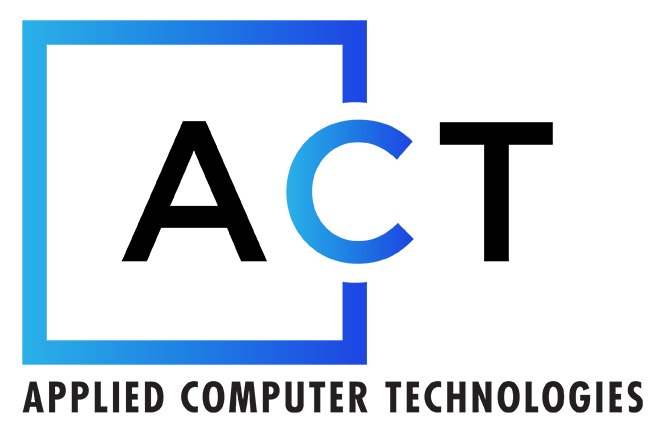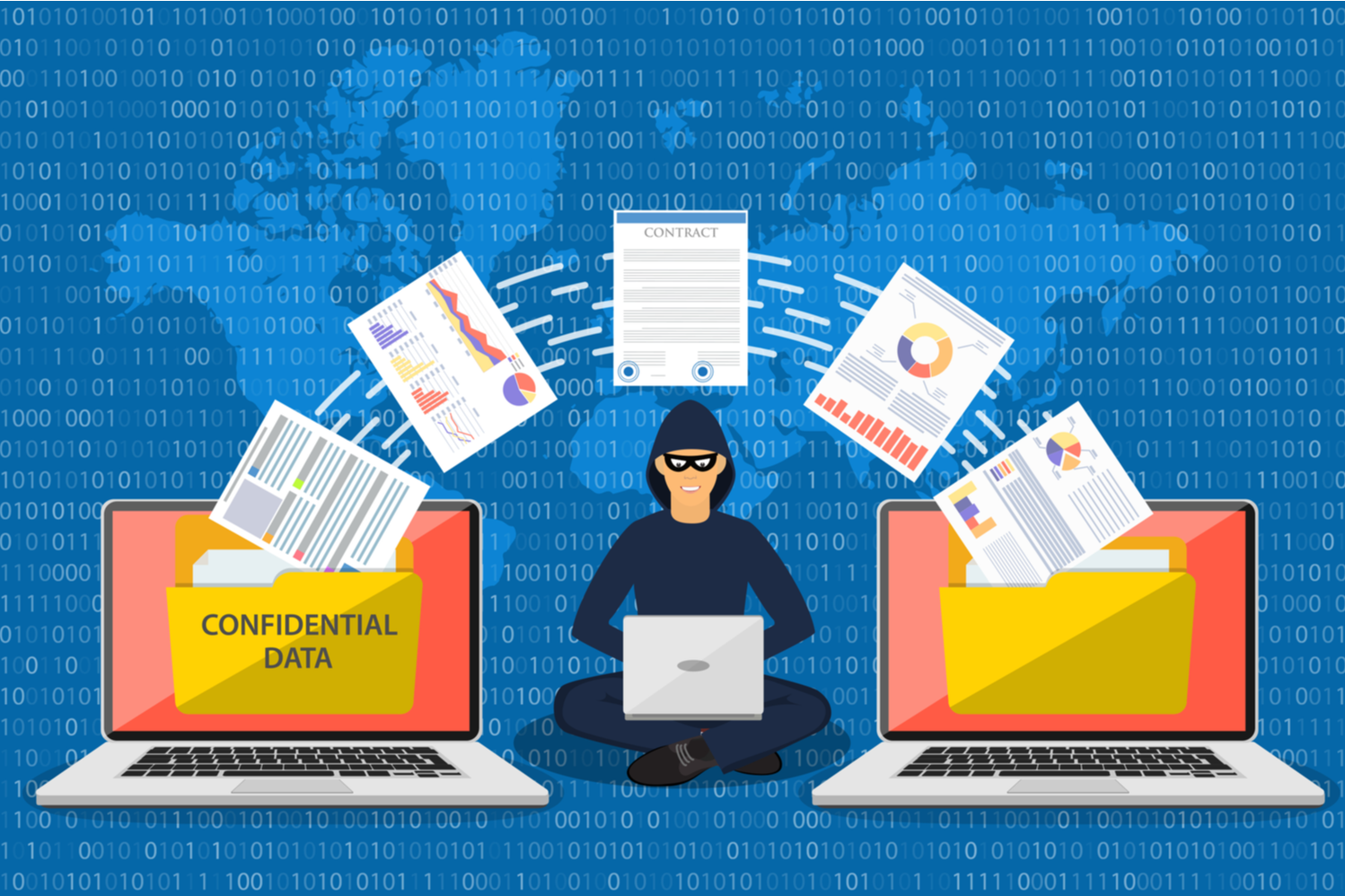Every day there seems to be a new type of cyberattack in the news, along with a different name to go with it. If you’re not an IT or security professional, you may not be familiar with current hacking terminology. We’ve put together a list of our top 12 hacking terms (and threats!) everyone should be aware of.
- Malware means “malicious software”. It is any software that’s installed on your computer (often without your knowledge) with malicious intent.
- Ransomware is a type of malware. Once installed, it encrypts the data on the device, making it inaccessible until a ransom is paid.
- Social engineering is a type of attack that takes advantage of human error. It tricks the user into compromising their data or device, by playing on sympathy or interest.
- Phishing is a type of social engineering attack conducted via email. The email appears to come from a trusted source (such as a known person or business) and tries to get the user to compromise their data.
- A back door is an unsecured entryway into software or firmware. Traditionally this was intentionally used by developers, but hackers have become adept at taking advantage of these open doors.
- A denial of service (DoS) attack attempts to make a network unusable by flooding it with requests.
- A brute force attack is when hackers try to gain access by guessing a username and password. This can be done with data obtained from previous breaches or millions of random guesses.
- A logic bomb attack occurs when a specific event triggers it, such as a date. Once the event occurs, it sets off the pre-determined sequence of viral attacks.
- A man in the middle attack compromises the secure connection between two devices. As data is relayed between those devices, it is stolen.
- Visual hacking is stealing information that’s simply left out in the open – such as a post-it with a password, an unlocked computer, or data left on the printer tray.
- A zero-day attack uses an undiscovered flaw in software to steal data or gain access. The day the flaw is discovered is called “zero-day“.
- The Deep Web and Dark Web are areas on the internet where hackers operate. The Deep Web is an area of the internet inaccessible via Google, and is not always used for malicious intent. The Dark Web is only accessible through a special Tor browser, and is often used for illegal activity.
Unfortunately, cyberattacks are only becoming more common, and hackers are becoming more sophisticated. Every business leader, no matter the size of their business, should be aware of the terms above.
How do you feel about your cybersecurity protection? Are you protected from the threats that made our top 12 list? Give us call and talk with one of our IT professionals. We can help secure your business!


